The Independent's journalism is supported by our readers. When you purchase through links on our site, we may earn commission.
Summer in Central Park: getting green-fingered in New York City
The lungs of Manhattan offer respite from the urban jungle. Delve deep and you’ll find opportunities for foraging, fishing, swimming and traces of the city’s origins, too
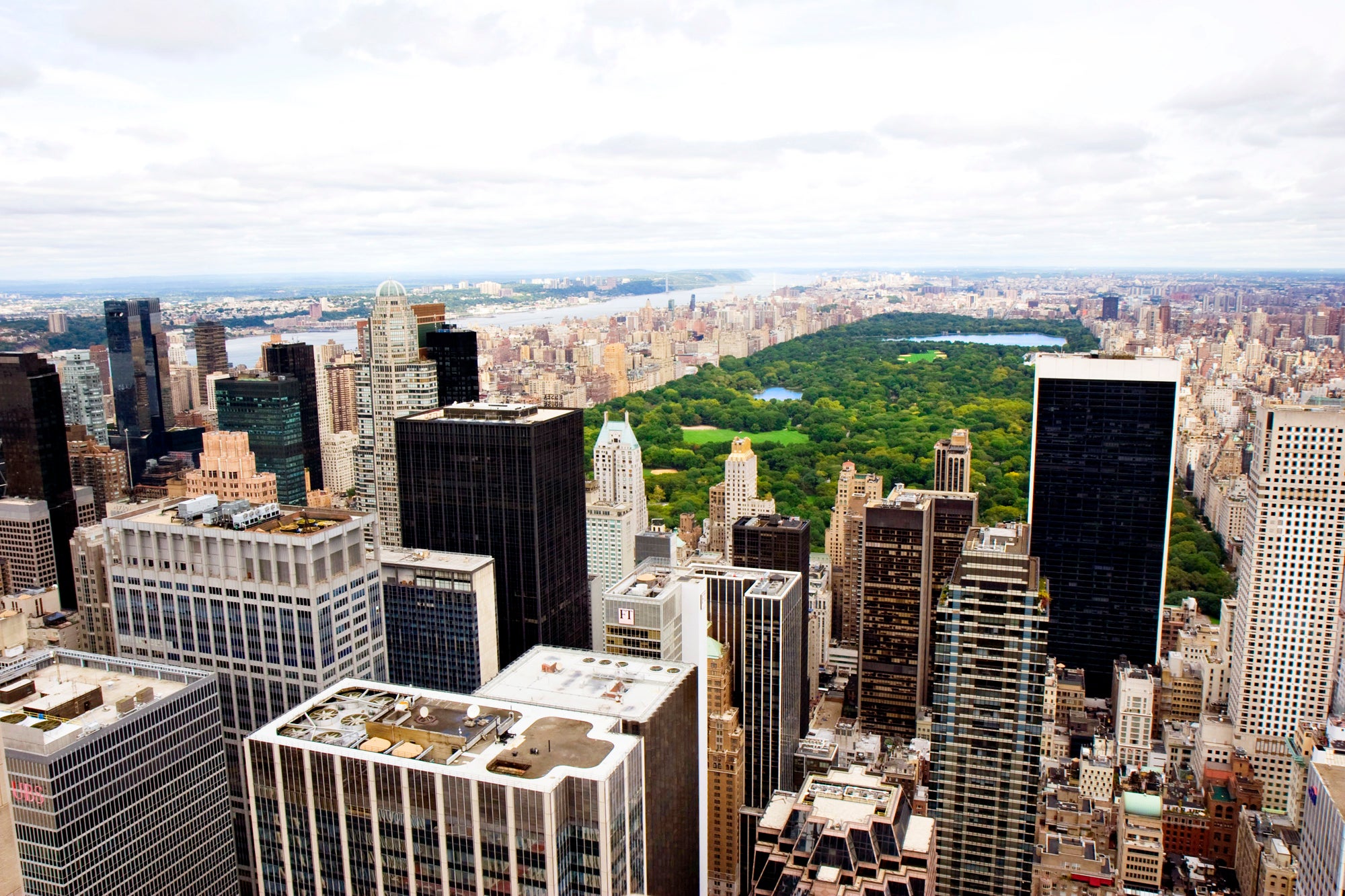
It’s summer in the city and an army of picnickers, dog walkers and scantily clad rollerbladers has descended on the world’s most famous patch of urban greenery. Almost every New Yorker, or so it feels, is out basking in the Sunday morning sunshine. Among them is Steve “Wildman” Brill. He stands at Central Park’s busy entrance on West 72nd Street where the scent of hot dogs lingers heavily in the air and a salvo of police sirens rings down the concrete canyons of Manhattan.
It is soon replaced by gently rustling branches as we set off on our four-hour foraging tour. The group is an eclectic bunch, some armed with secateurs and small plastic bags to collect their prized cuttings. One is a chef from Connecticut looking for inspiration; another a house husband from Queens who jokes he wants to be able to survive an apocalypse.
Within moments we veer off the pathway – part of 92km of walking trails that criss-cross the park – and scramble up an embankment. Steve has spotted a clump of cattail – one of his favourites – and begins picking deftly. “Delicious,” he says, chomping on the roots and offering them around. “Tastes like cucumber, only much better.”
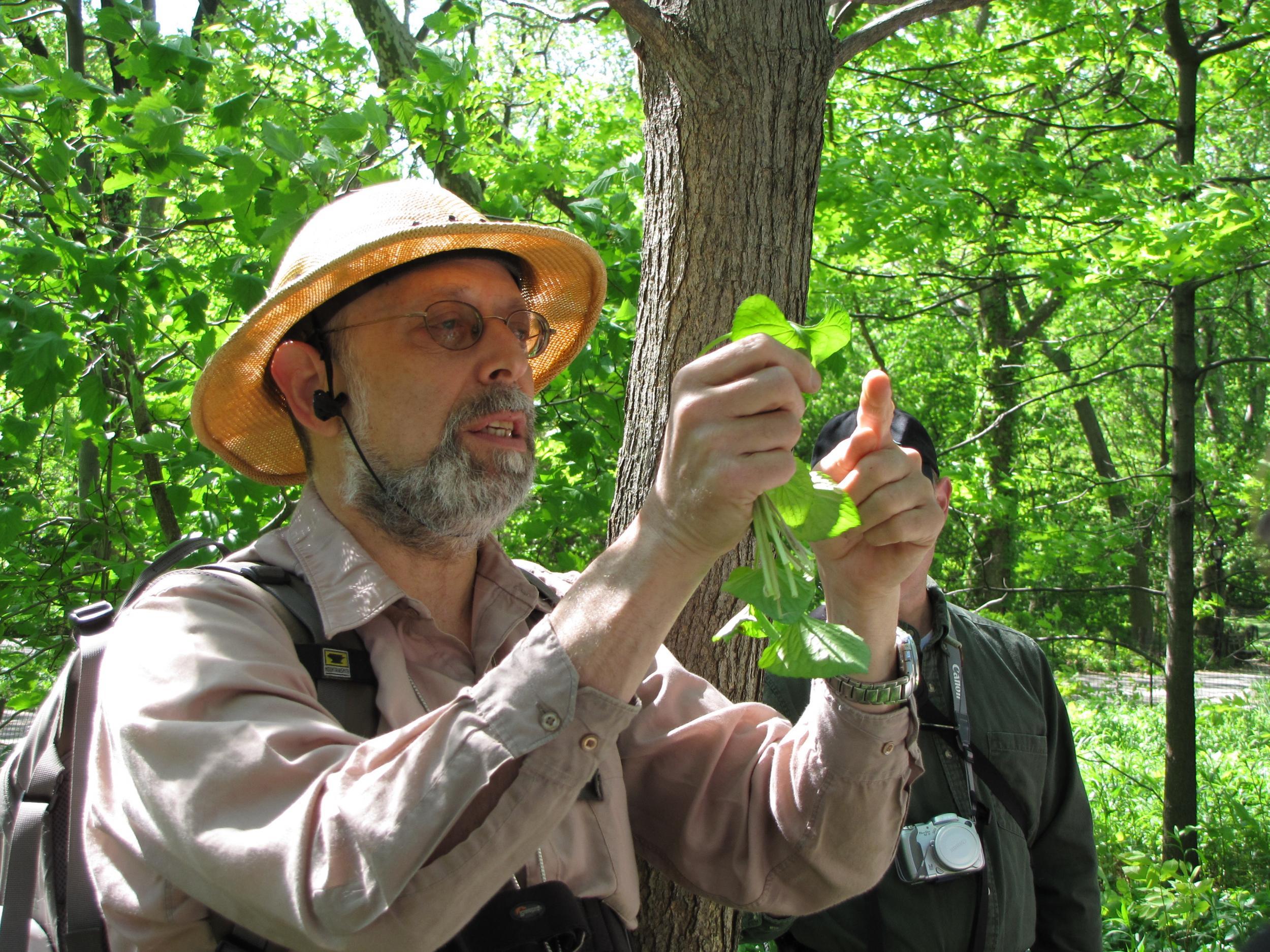
Steve, who has been leading these tours since 1982, is somewhat of a controversial figure in this part of Manhattan, where, technically speaking, foraging is illegal. Authorities operate a strict “point-don’t-pluck” policy, but Steve still manages to serve up a weekly all-you-can-eat buffet of leaves, stems and petals.
The turning point came when he was arrested by undercover cops for eating a dandelion in Central Park. He protested against the charges by serving his Five Borough Wild Salad (all ingredients sourced from the park, of course) on the steps of the Manhattan Criminal Courthouse. The resulting publicity saw an end to any further action and he’s been left alone ever since.
Feeling full from our unorthodox brunch we stand on the edge of the lake. New Yorkers punt on the water and laze happily on the sprawling lawns, thoughts of the city’s bitter winters long forgotten. Even the tallest of treetops are dwarfed by vertiginous glassy pillars: skyscrapers that soar to the heavens and glint in the sunlight. Tucked among them is an 18-storey tower, home to 1 Hotel Central Park, located a block from the park on the corner of 58th Street and Sixth Avenue.
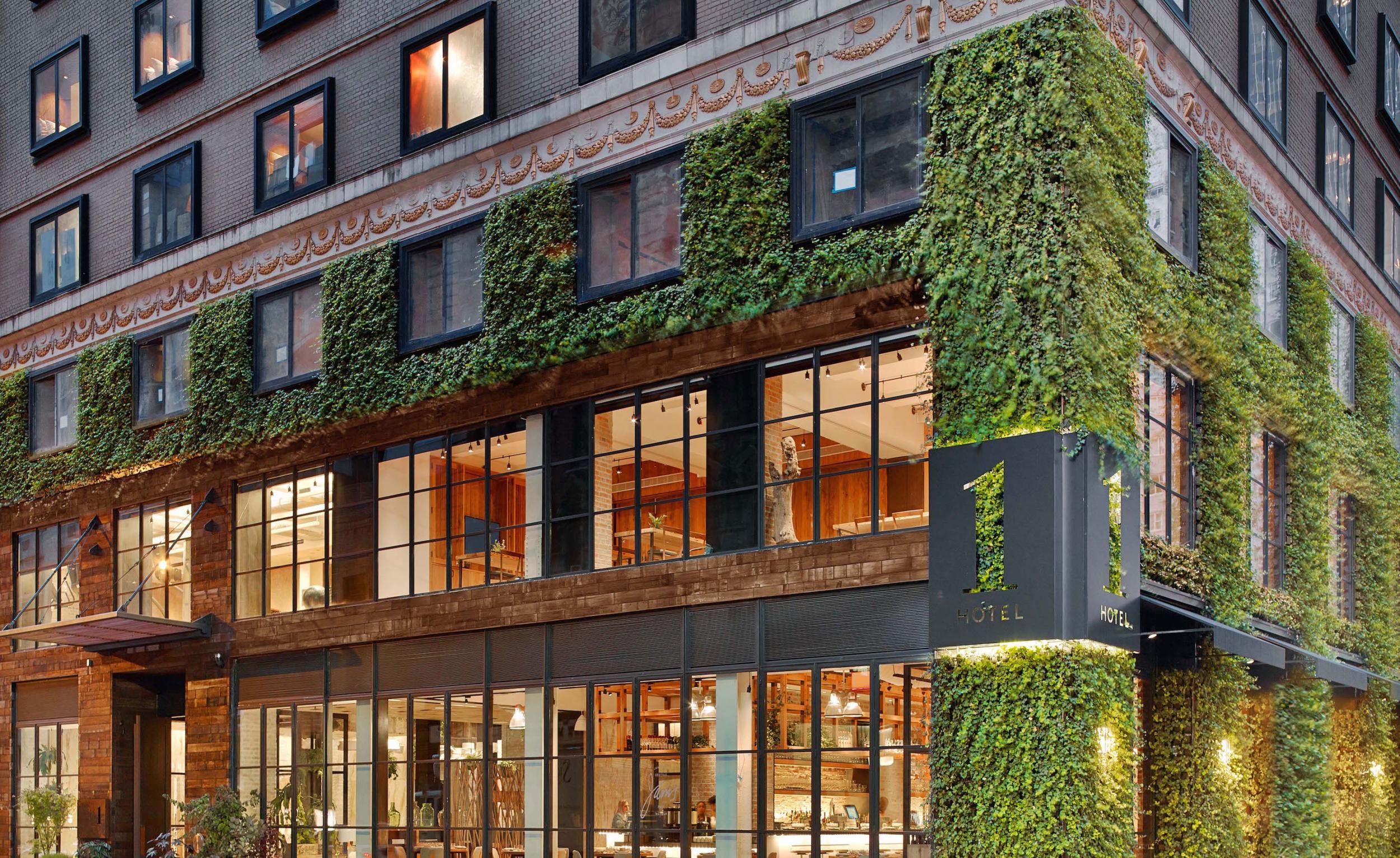
It opened last year with 229 rooms, “nature inspired” interiors (the main entrance features steel doors embedded with 16,000 fallen twigs) and a two-bedroom penthouse Greenhouse Suite. It’s quite a departure for Manhattan’s glass-and-steel hotel scene and offers a fitting base for my foraging expedition.
Close proximity to Central Park is a major selling point for hotels. Another in-demand address capitalising on its location is the Hudson Hotel, with rooms designed by Philippe Starck, a cavernous lobby (the ceiling is 12 metres high) and rooftop terrace offering panoramas of the park.
Famously described as “the lungs” of New York City, this fabled rectangular patch, which spans 843 acres and stretches for 4km north of 59th Street up to 110th. It dates back to 1857, when it was the first landscaped public park in the US, created after wealthy landowners demanded that New York have a leafy refuge akin to London and Paris. It came at a price, however. Poorer settlements including Seneca Village – a large African American community with three churches – and more than 1,000 people were displaced as designers Frederick Law Olmsted and Calvert Vaux got to work.
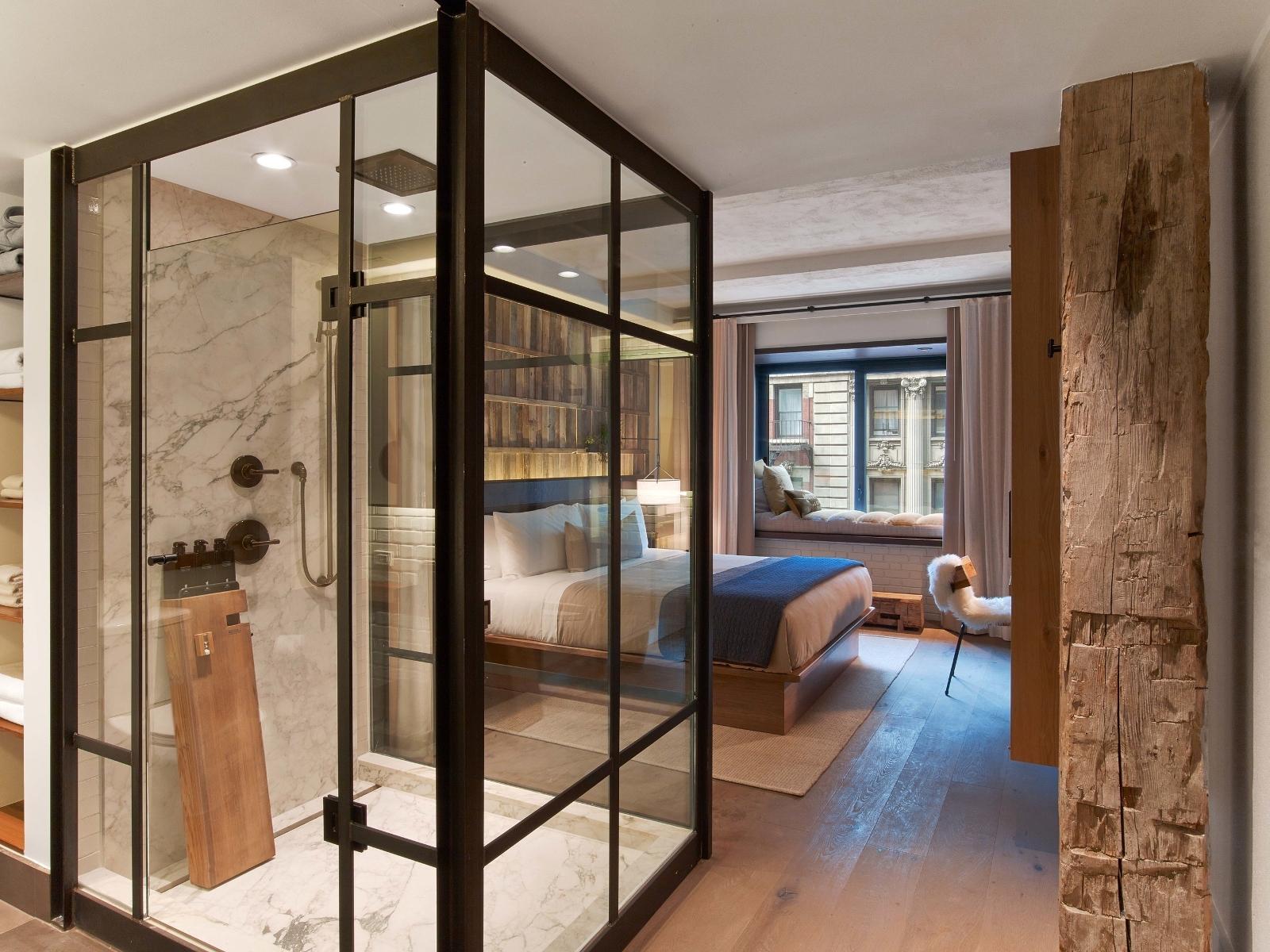
Today, Central Park attracts 42 millions visitors a year. The vast majority linger in its southern remits, lured by horse-and-cart rides, boating on the lake or a spin around the ice rink during the frosty winter months.
But beyond such celebrated spots are hidden corners with stories rarely told and a historic backstory that helped shaped the nation. I travel uptown, to the park’s northern boundary in Harlem, to meet a man who knows more than most about Central Park’s past.
Jim McGuire, a guide for the Central Park Conservancy, which runs tours and is responsible for the park’s upkeep, is waiting beside the manmade Harlem Meer. Unlike other areas of the park, there are relatively few enjoying the serenity up here, a popular swimming and catch-and-release fishing spot. “This part of the park played an important role in the American Revolution and War of 1812,” explains Jim as we venture away from the hum of traffic and into the park’s interior, once nothing more than boggy swampland.
The British had a presence here in the colonial period of the 18th and 19th centuries and a number of forts were erected by them and also Americans to defend the territory. One of them – the oldest building in the park and the only one to remain – is the Blockhouse, a stone structure that once housed a mobile cannon used against the British. That, like its original wooden roof, is long gone but one piece of important artillery can still be seen nearby.
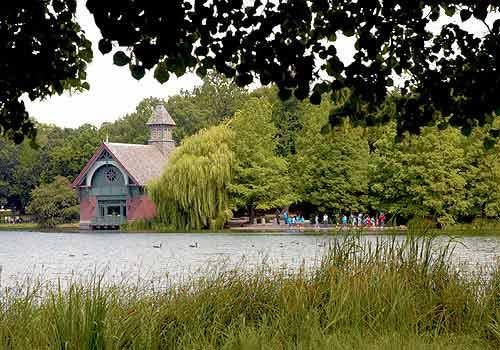
“Do you know what the word ‘Manhattan’ means?” asks Jim as we stroll through the park. I shake my head ashamedly. “Don’t worry,” he laughs. “Most New Yorkers don’t either. It comes from a native Indian word meaning ‘island of many hills’.”
I am baffled. Hills? Sensing my bewilderment, Jim continues, “Most were flattened during the construction of the park but a few remain. You’re standing on one right now.”
Fort Clinton – named after DeWitt Clinton, the then mayor of the city – was built by the Americans a strategically placed rocky point and formed part of a defensive line that stretched west from the Hudson River through an area known as McGowan’s Pass. Linked by low earthen walls, a number of high-ground forts and gatehouses dominated this stretch of northern Manhattan where the British once marched through, defeated and disheartened. The fortification itself no longer stands; in its place is an original cannon that spent 40 years in storage.
My gaze drifts towards the French-inspired North Garden, its colourful flowerbeds and fountain of three dancing maidens designed by German sculptor Walter Schott in 1910 and beyond to the encroaching urban jungle. Looming large, the skyscrapers of Midtown represent everything we love about modern day New York, but up here, I am reminded that there are still grassroot adventures to be had in the Big Apple.
Travel essentials
Getting there
Virgin Atlantic (0344 209 7777; virginatlantic.com) flies from Heathrow to New York JFK from £480 return. Other airlines serving New York include Delta (020 7 660 0767; delta.com), British Airways (0344 493 0787; ba.com), American Airlines (0844 499 7300; aa.com), Norwegian (0330 828 0854; norwegian.com) and United (0845 607 6760; united.com).
Staying there
1 Central Park (001 212 703 2001; 1hotels.com). Doubles from $355, including breakfast.
Hudson Hotel (001 212 554 6000; hudsonhotel.com). Doubles from $239, including breakfast.
Visiting there
Foraging tours of Central Park with Steve Brill (001 914 835 2135; wildmanstevebrill.com) are free and take place every Sunday morning at 11.45am. Donations appreciated. Guided Northern Forts tour with the Central Park Conservancy (001 212 310 6600; centralparknyc.org) cost $15.
More info
Join our commenting forum
Join thought-provoking conversations, follow other Independent readers and see their replies
Comments